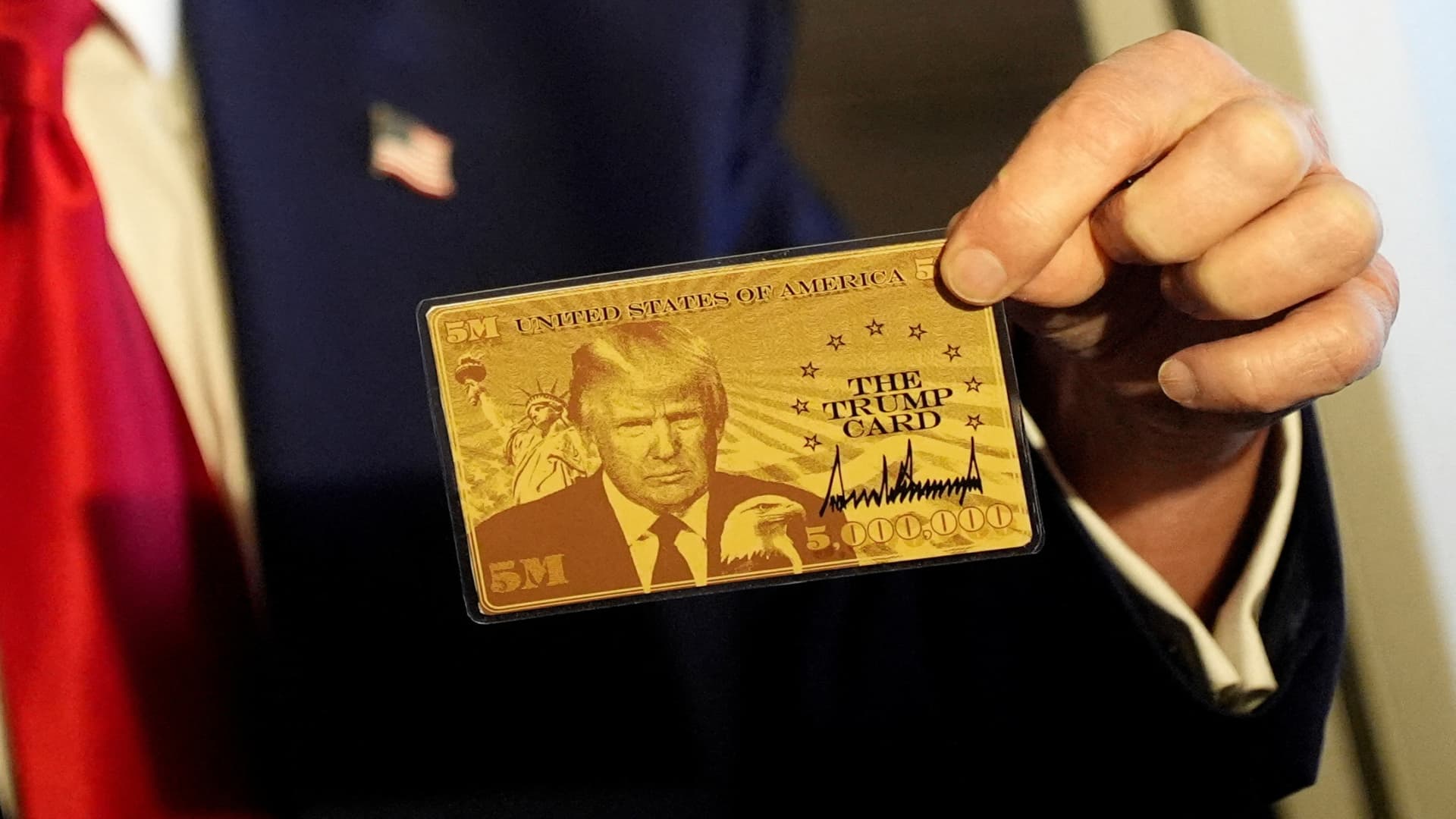The allure of U.S. residency has long been a powerful magnet for the world’s wealthy, and Donald Trump’s proposed $5 million “Gold Card” visa is the latest attempt to capitalize on that desire. Positioned as a premium alternative to the traditional EB-5 investment visa, the Gold Card promises a streamlined path to permanent residency for those willing to pay a hefty price. However, beneath the glittering surface lies a complex web of legal, economic, and social challenges that could determine whether this initiative is a golden opportunity or a fool’s errand.
The Gold Card’s Promise and Pitfalls
Trump’s Gold Card is designed to attract ultra-high-net-worth individuals by offering them a fast track to U.S. residency without the job-creation requirements of the EB-5 visa. The program’s exclusivity is underscored by its $5 million price tag, a figure that dwarfs the $800,000 minimum investment required for the EB-5. The branding is unmistakably Trumpian—golden prototype cards, a dedicated website (TrumpCard.gov), and the promise of status and prestige. Yet, the program’s viability hinges on whether it can navigate the legal and political landscape of U.S. immigration policy.
One of the most significant hurdles is Congressional authority. U.S. immigration law grants Congress sole power over the creation of new visa categories and residency pathways. Trump’s claim that the Gold Card can bypass Congress has been met with skepticism by legal experts, who argue that any such program would require legislative approval. The EB-5 program, which the Gold Card seeks to replace or augment, has already faced scrutiny over its oversight, fraud risks, and the flow of benefits to well-connected developers rather than job-creating ventures. The Gold Card’s exemption from job-creation requirements only amplifies these concerns, raising questions about its long-term sustainability.
Who Would Pay $5 Million for a Green Card?
The Gold Card’s target audience is a narrow slice of the global elite. According to data, approximately 2.3 million people worldwide have $5 million or more in net assets, but many are already settled in their preferred locations. The program is likely to appeal most to affluent families in countries like China, the Middle East, Russia, and India, where U.S. residency offers security, educational opportunities, and prestige. However, the $5 million threshold is steep even for the ultra-wealthy. Most investment-based migration programs worldwide, such as Portugal’s golden visa or Australia’s, require significantly lower investments—often one-third to one-seventh of the Gold Card’s price.
Initial reports suggest that nearly 70,000 people have registered interest in the Gold Card, but experts caution that registration does not equate to actual investment. The high cost, combined with the program’s legal uncertainties, may deter many potential applicants. Additionally, global competition is fierce. Countries like Portugal, Malta, and Dubai offer similar residency programs at lower costs, making the U.S. option less attractive unless it can provide unique advantages.
Economic and Social Implications
Beyond the legal and financial considerations, the Gold Card raises broader questions about the economic and social impact of such a program. Unlike the EB-5, which theoretically generates jobs and business activity, the Gold Card requires no evidence of economic benefit beyond the initial investment. This raises concerns about whether the program will truly benefit American communities or simply serve as a revenue stream for the government.
The social optics of selling U.S. residency at such a high price are also problematic. Critics argue that the program exacerbates inequality by offering a fast track to the wealthy while conventional immigrants and refugees face lengthy and costly legal processes. The potential for backlash is significant, particularly in a political climate where immigration is already a contentious issue.
The Future of the Gold Card
The Gold Card’s fate remains uncertain. While the initial interest is undeniable, the program faces significant legal and practical hurdles. If it proceeds, it will likely face challenges in Congress and the courts, as well as scrutiny from international competitors. The U.S. must also consider the broader implications of such a program, including its impact on global wealth inequality and national security.
For now, those considering the Gold Card should approach it with caution. The allure of U.S. residency is undeniable, but the program’s long-term viability is far from guaranteed. As with many investment opportunities, what glitters brightest may not always be gold. The Gold Card could either become a landmark in U.S. immigration policy or a cautionary tale about the pitfalls of high-stakes, high-reward schemes. Only time will tell.

